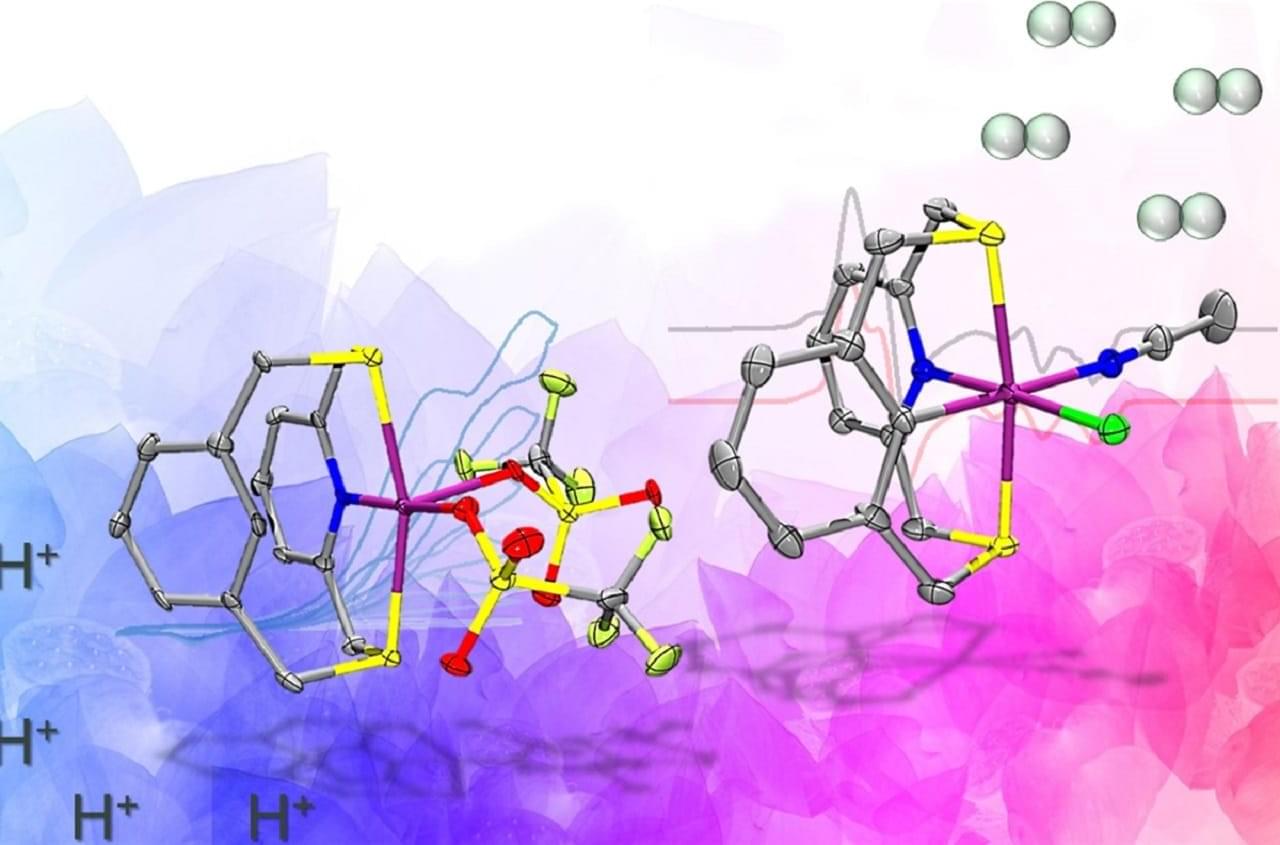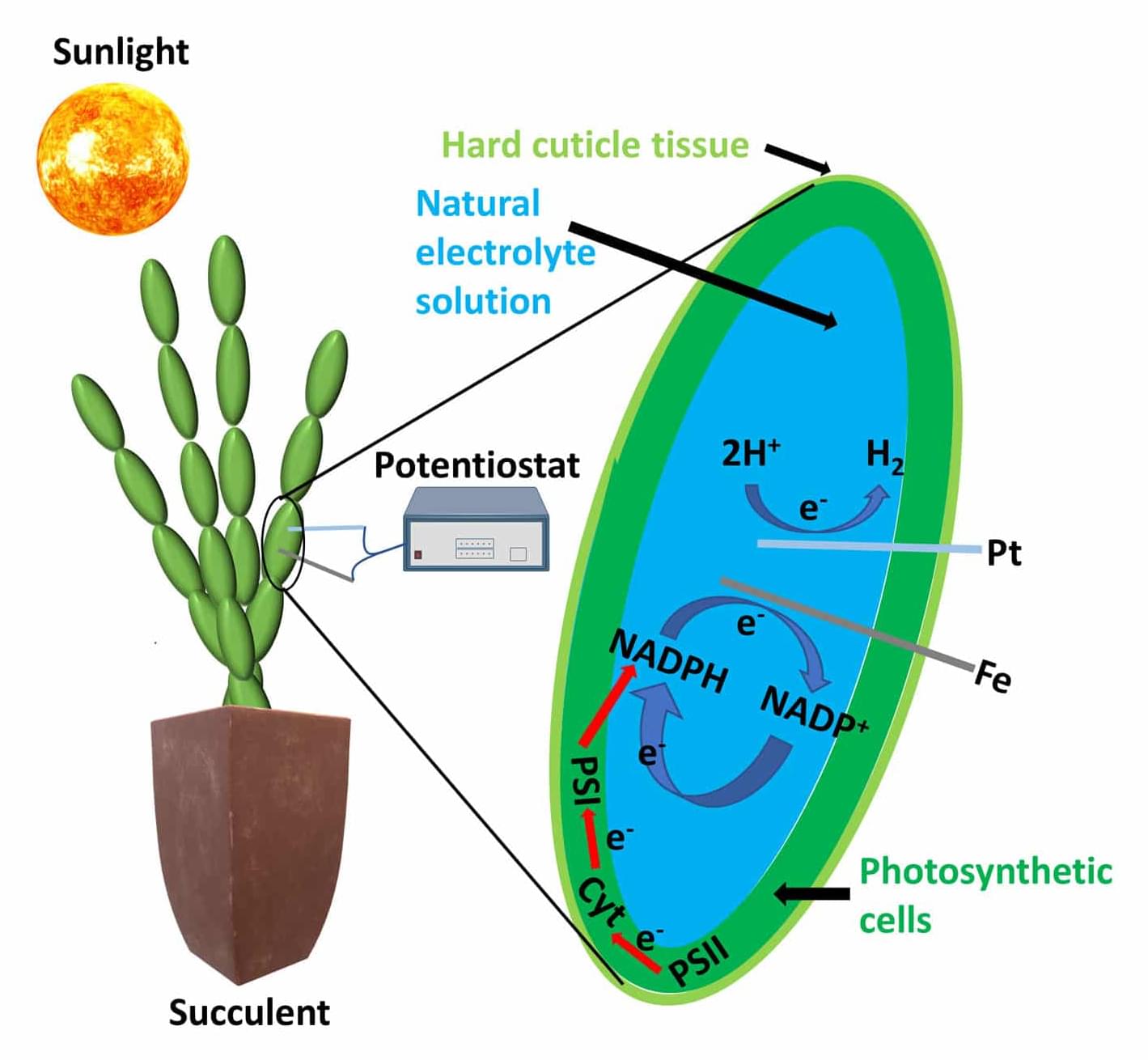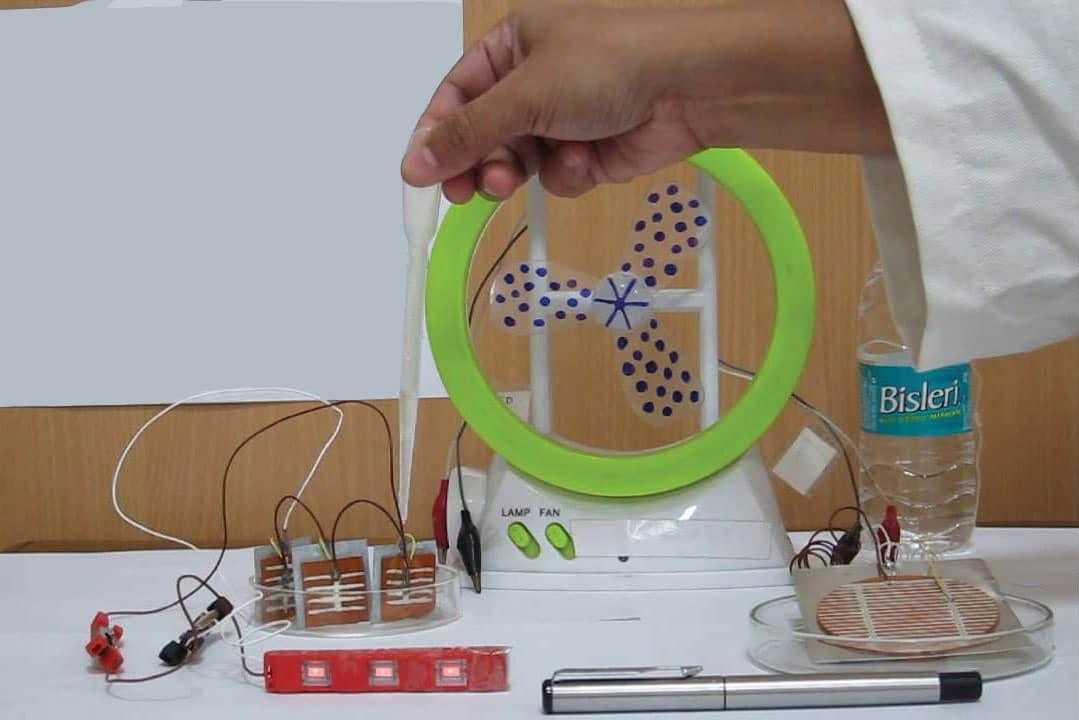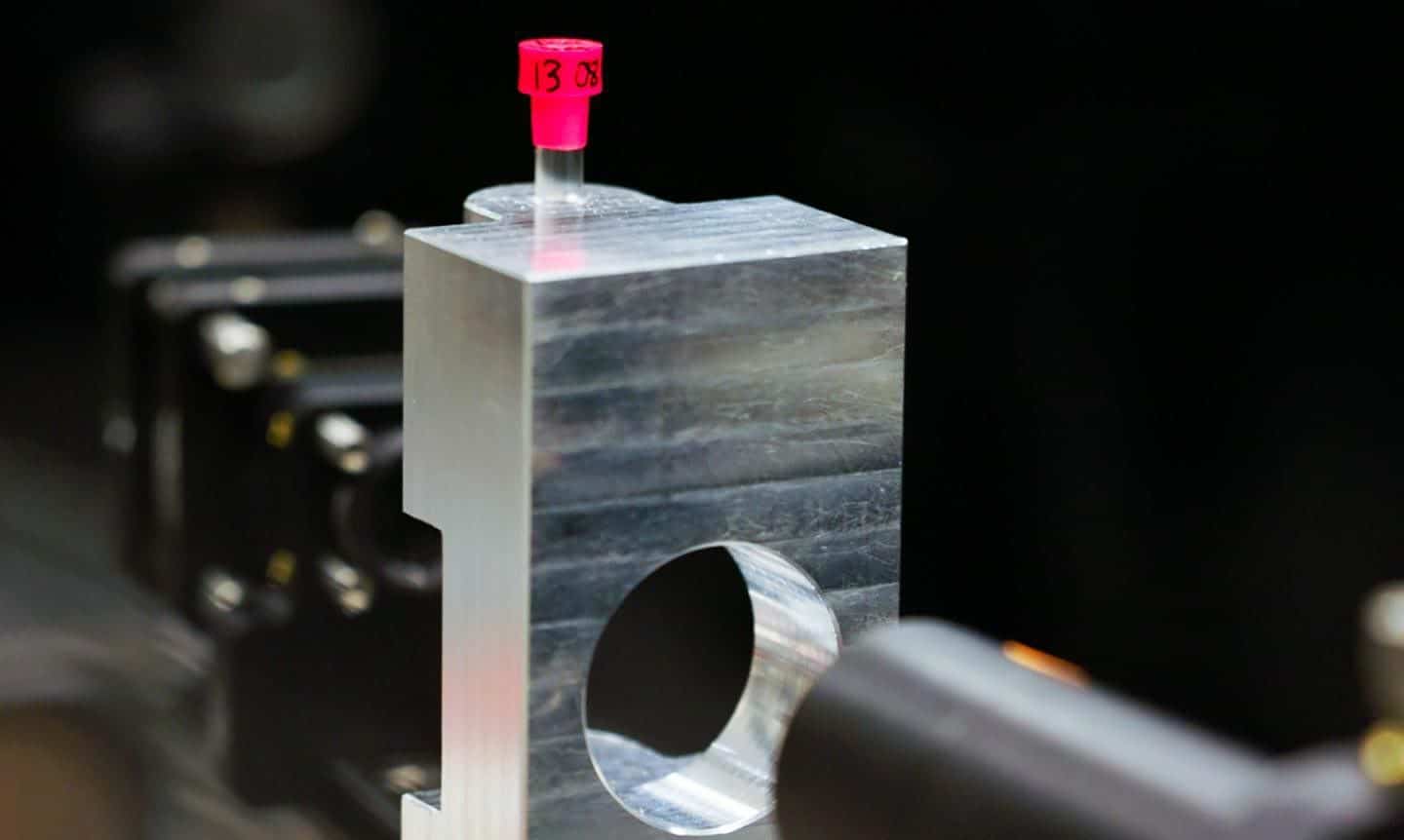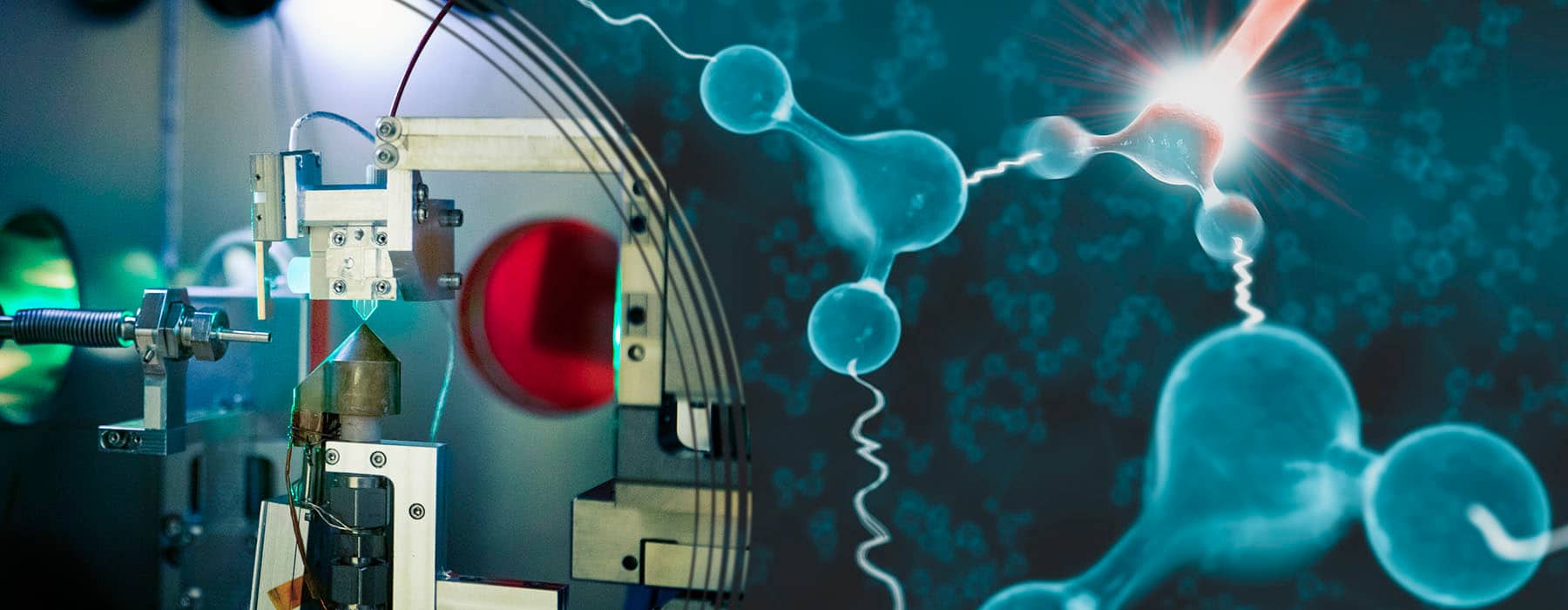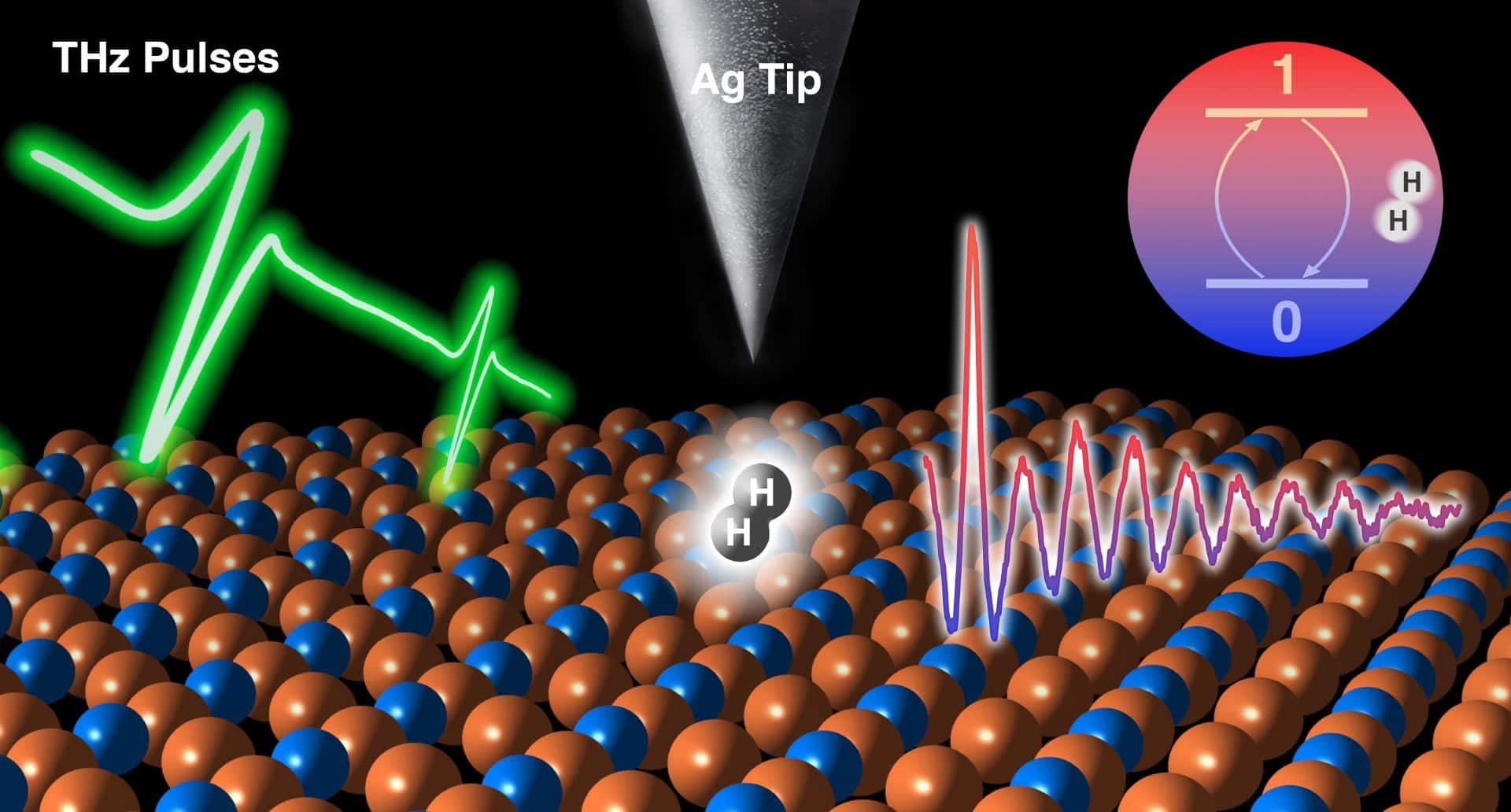Now, scientists at UCL and the University of Cambridge have discovered a new type of ice that resembles liquid water more closely than any other known ice, which may rewrite our understanding of water and its many anomalies. The newly discovered ice is amorphous: Its molecules are disorganized. They need to be properly ordered as ordinary, crystalline ice.
In a jar frozen to-200 degrees Celsius, scientists employed a technique known as ball milling, aggressively shaking common ice and steel balls. Ball milling is used in several industries to grind or blend materials, but it has yet to be applied to ice.
In the study, liquid nitrogen was used to cool a grinding jar to-200 degrees Centigrade, and the density of the ball-milled ice was determined from its buoyancy in liquid nitrogen. Scientists used several other techniques, including X-ray diffraction and Raman spectroscopy, to analyze the structure and properties of ice. They also used small-angle diffraction to explore its long-range structure.

